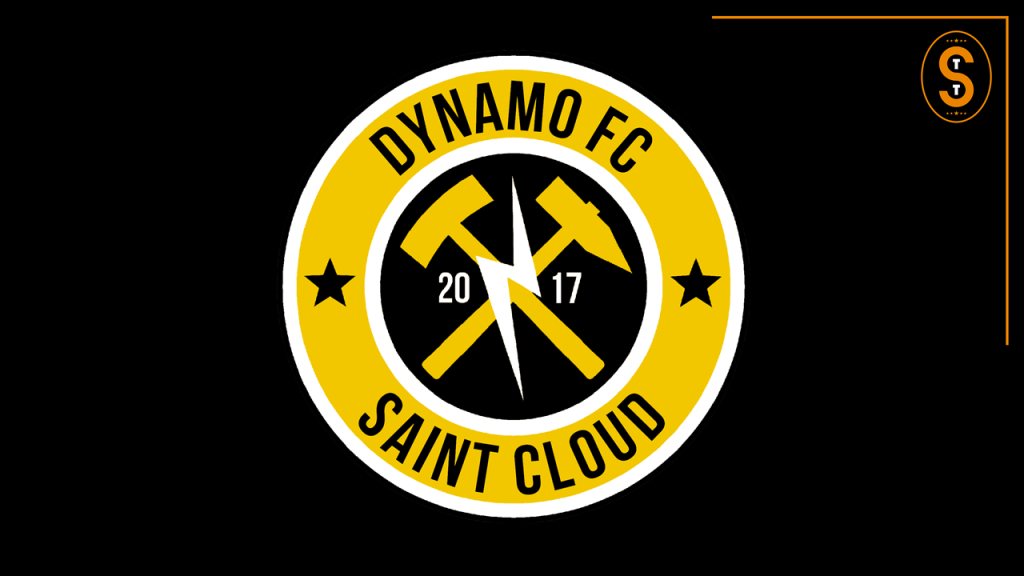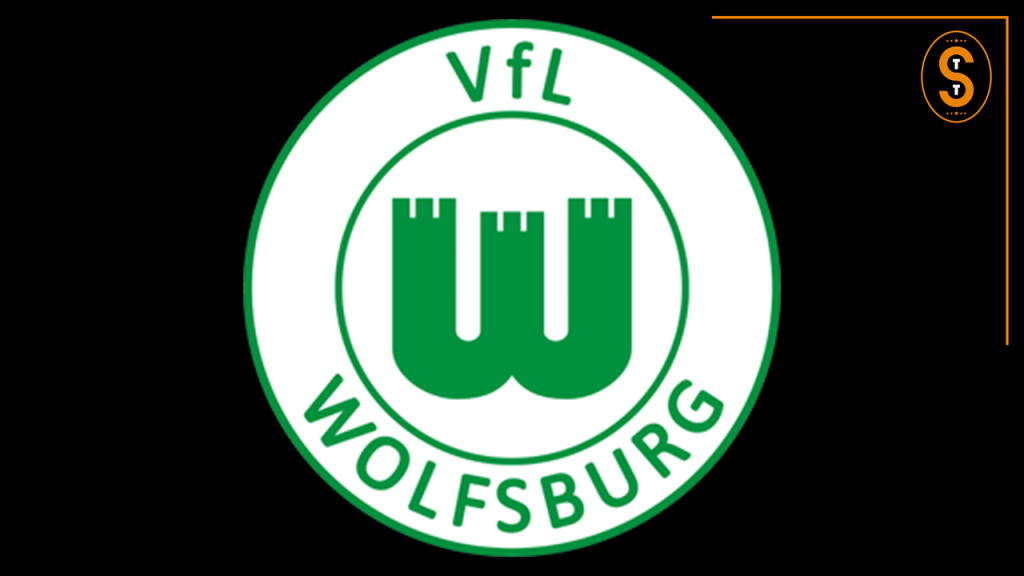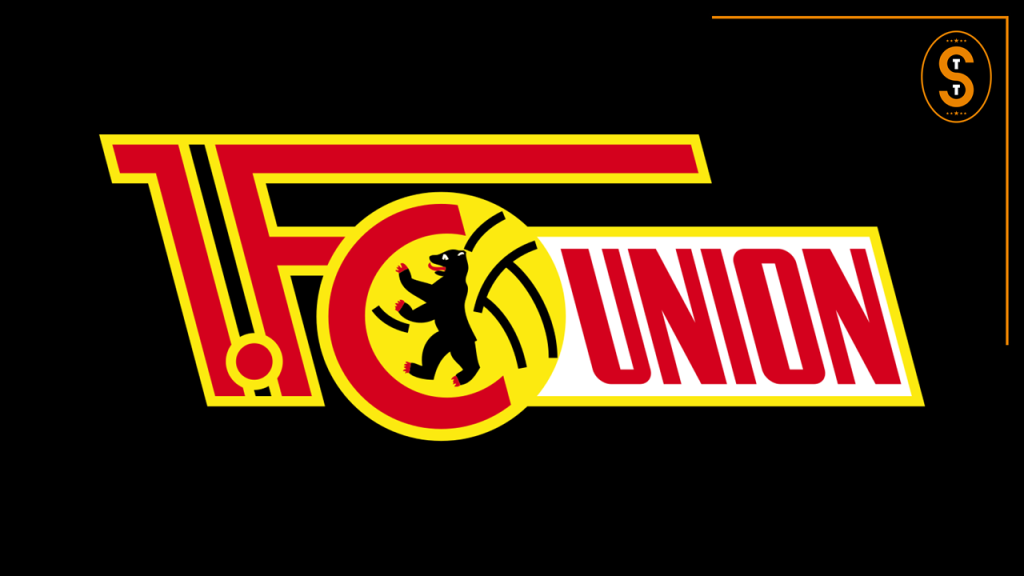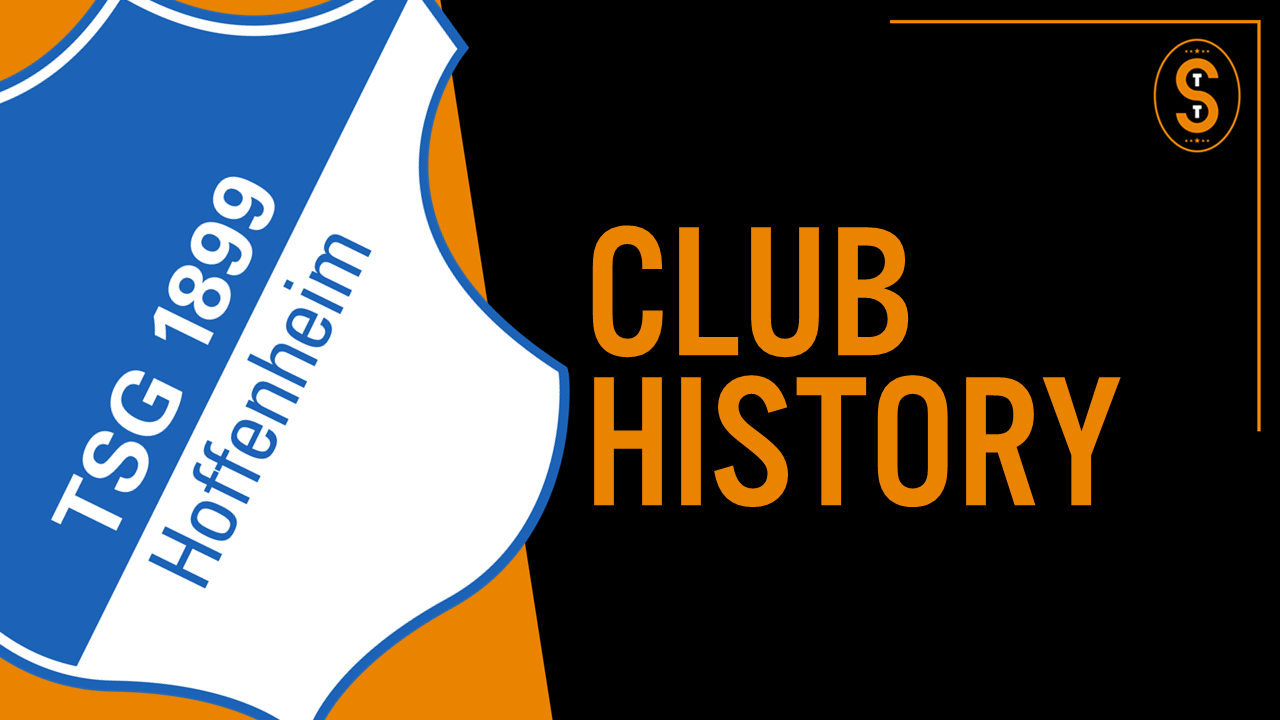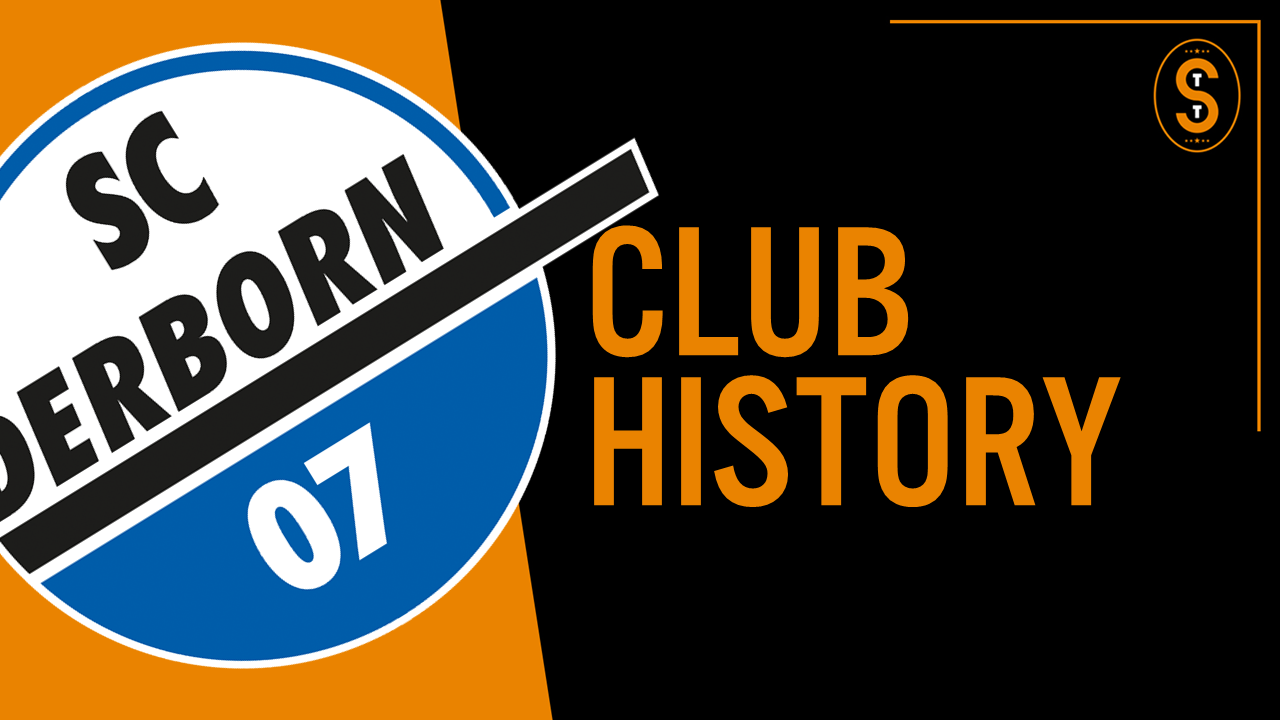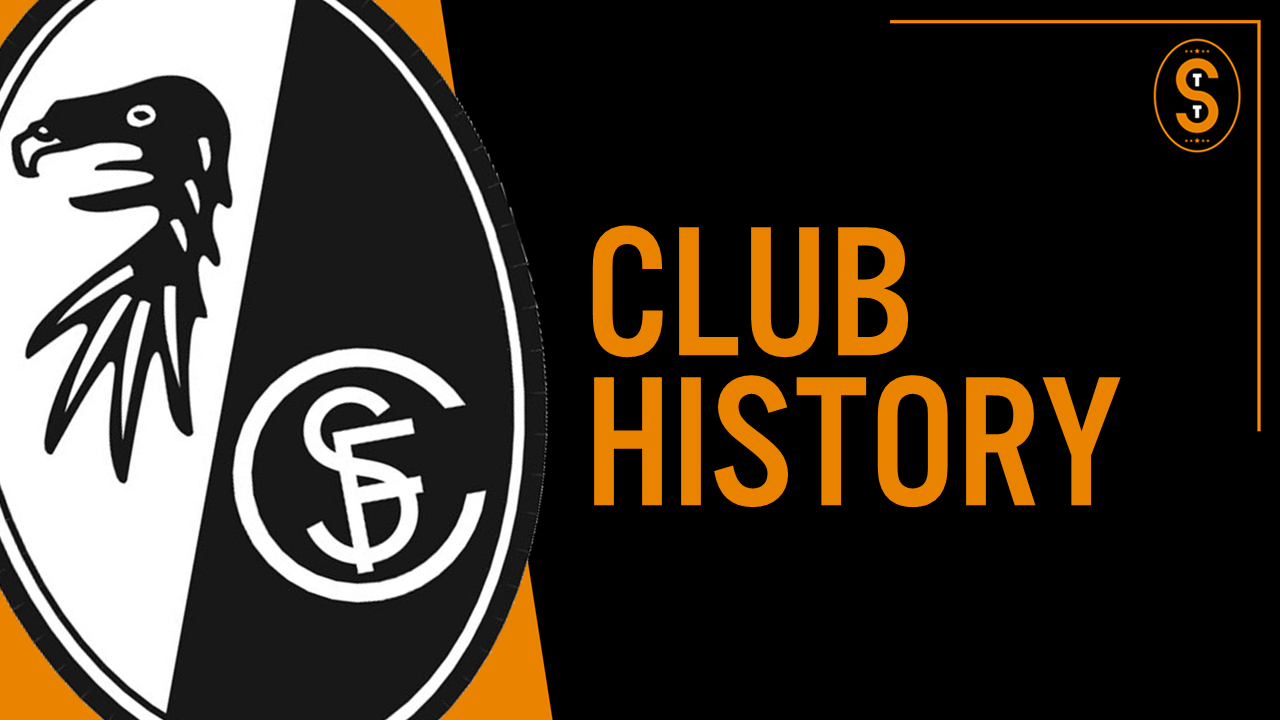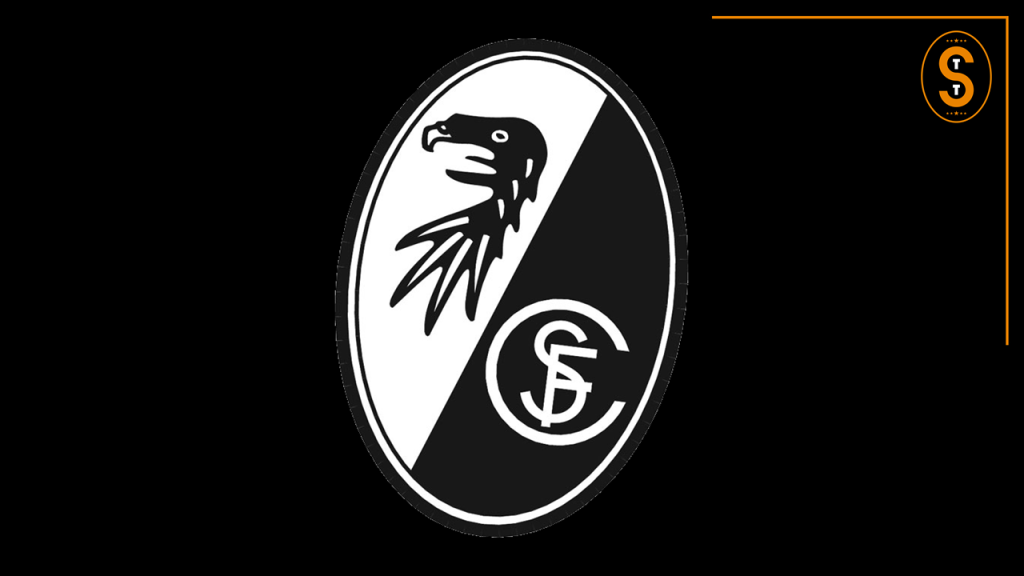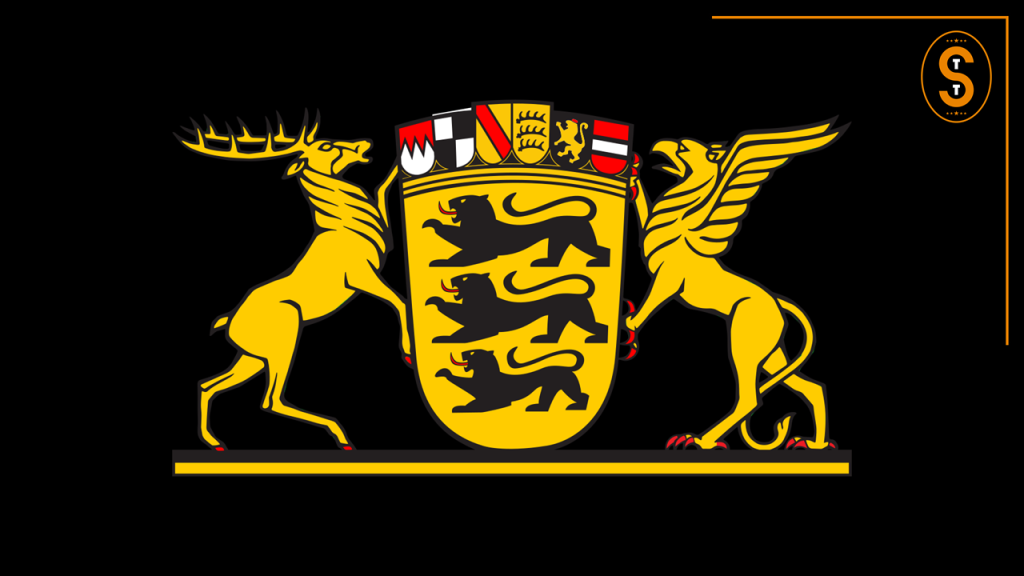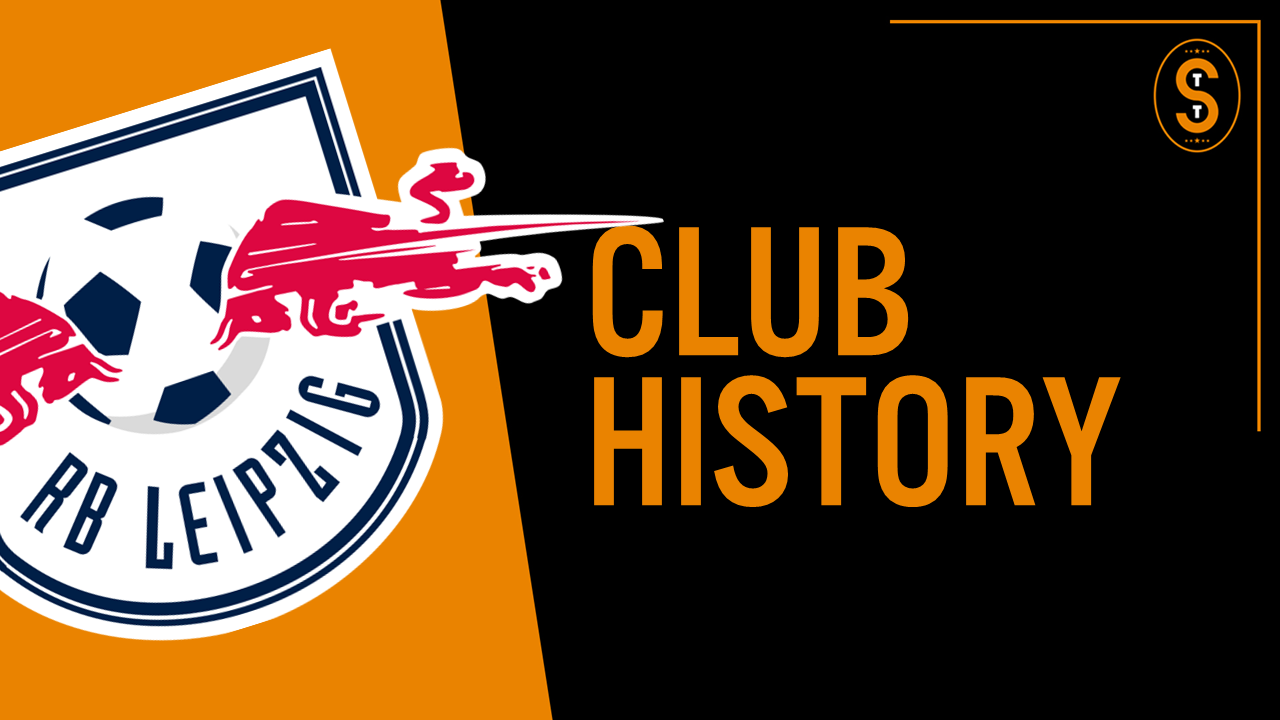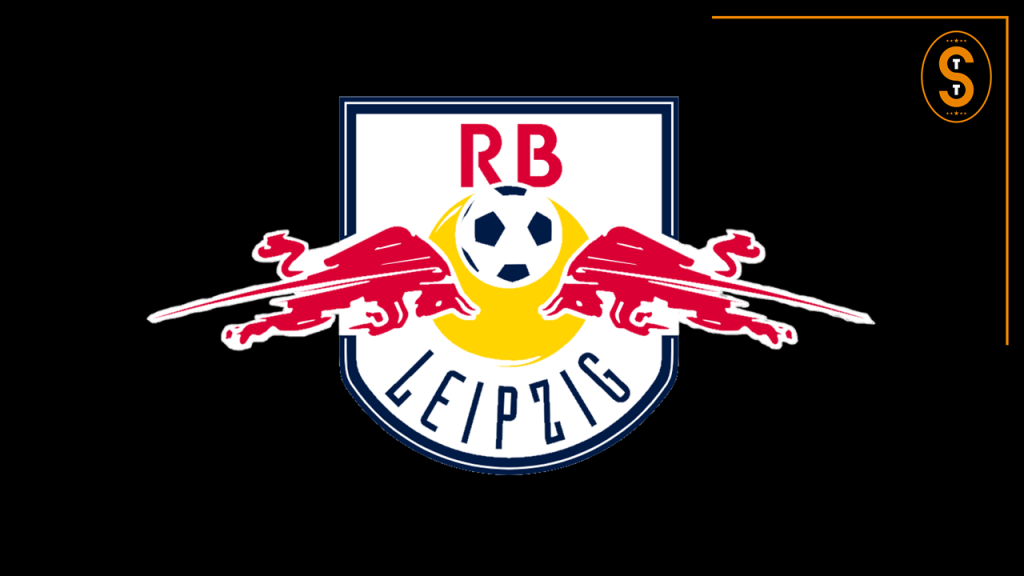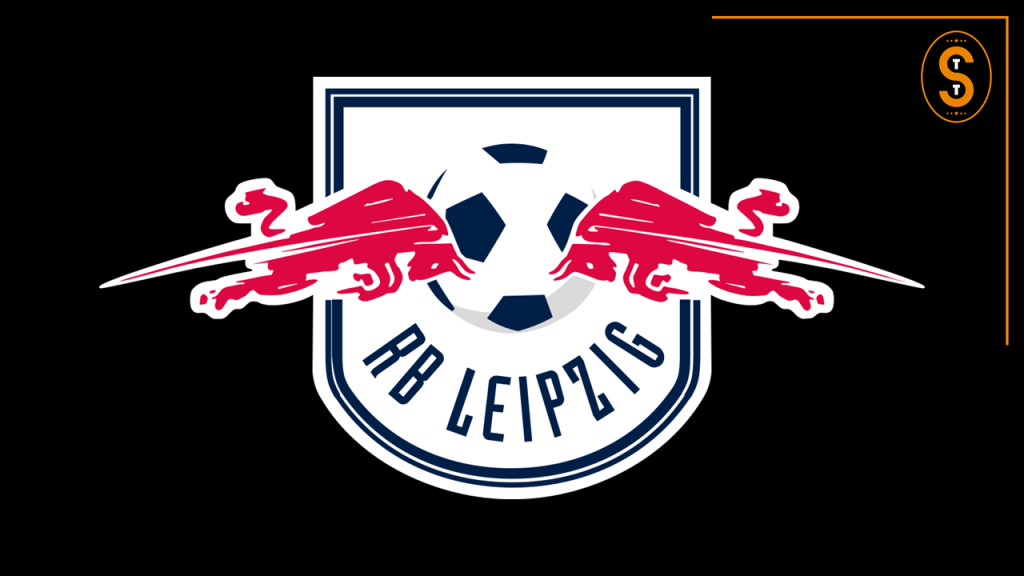Welcome to the Soccer Tavern, where we’re discussing the history, philosophy, and culture of the beautiful game. My name is Dave and in this video, we’re talking about the history of Wanderers Football Club. Pull up a seat and let’s start the discussion.
Wanderers FC is located in Upper Norwood, which is an area in south London. London is located in the southern-central part of England in the United Kingdom.
The men’s side of the club play in the Surrey South Eastern Combination Junior Division 1, which is the 15th tier of the English pyramid. The women’s side of the club play in the Greater London Women’s Football League Division 3 South, which is the 10th tier of the English pyramid.
Wanderers play their home matches at Virgo Fidelis Convent Senior School, which was built in 1848 and the club was able to make this their home ground after a crowdfunding campaign to renovate the playing fields. The club can comfortably accommodate about 100 fans, if ever they ever get that many!
Origin
Wanderers FC’s origin dates back to the late 1850s. Brothers John and Charles Alcock, whose family had moved to London from the north-east and attended Harrow School, wanted to continue to play soccer after their move. With J Pardoe and brothers A Thompson and WJ Thompson, they got together and arranged regular matches under the name ‘Forest Club’, as they were living in Leyton, which is in East London. The club’s first match was 15-a-side on March 15th, 1859 when they played the original Crystal Palace Club and won 1-0.
The club became well-known, playing 16 games before being invited to attend the first meeting of the Football Association in 1863. Shortly after that, the Alcocks had a falling out. Some say it was over the direction of the club with John arguing that they should try to buy the land they were playing home games on and set down some roots whilst Charles wanted the team to emulate the ‘Butterflies’ cricket team, which travelled the country playing exhibition matches. Others say, the source of the argument was John’s controversial divorce.
Either way, the new ‘Wanderers’ team, which was Charles’ club, played their first match on April 2nd, 1864, with AM Tebbut scoring the only goal in a 1-0 win over No Names Club from Kilburn. Forest played no more than seven games in the 1864-65 season while Wanderers played five (with one match scheduled to be against one another on January 7, 1864. After the 1864-1865 season, Forest ceased to exist and Wanderers began to flourish for a short time.
Unfortunately, the original club folded in 1887. It laid dormant for more than a century before it was reformed in 2009 by Mark Wilson. Mark was playing at a weekly 7-a-side game and took over the administration after the previous organizers stepped down. At the time, the club generated £35 a week, which was donated to charity, and the players decided they wanted the challenge of an 11-a-side game. Mark searched for teams in Kennington, where the team played, but the only one whose name kept coming up was ‘Wanderers’.
He learned about the history and got in touch with the great grand-daughter of the club’s founder, Charles Alcock, and received her support for the project. Mark then contacted all of the clubs Wanderers had faced in the FA Cups; Oxford University were the most eager for a game and so the club travelled up to Oxford to play their 1st XI at Iffley Road Sports Ground. It was a terribly one-sided game but everyone seemed to enjoy themselves and was already planning ahead for the next one! The newly reformed Wanderers played friendlies for a couple of seasons before their competitive league application was accepted for the 2011-2012 season.
Nickname
The club doesn’t have an official nickname as Wanderers is kind of a nickname itself. Apparently, the original incarnation of the Wanderers in the 1800s were sometimes called the ‘Rovers’, although that might have been confusing with matches against Clapham Rovers.
Wanderers FC have recently started rolling out ‘The Worlds Club’ as an identity due to the international nature of the players they have had turn out for the club in recent years.
Crest
Clubs didn’t wear badges until much later than when Wanderers first existed. So, there isn’t a crest from the 1800s for the club, but when it was reformed, the Wanderers crest looked like this.

The simple white lion came from the Harrow School crest (which was where the Alcock brothers graduated and learned the game of soccer). The lion also represented the Football Association’s ‘Three Lions’ emblem because the original Wanderers club founded the Football Association in 1863.
The five-pointed star represents the club’s five FA Cup wins.
In 2011, Wanderers decided to run a badge design competition for its first season in a competitive league. Richard Debenham was the winning designer. He made the current iteration of the crest, with the badge being round, and a hexagon in the center with sweeping arcs around it. This design was intended to incorporate both traditional and modern styles.
Important Events
I’d like to mention 8 important dates in the club’s history in this section.
In early 1859, the club was formed with March 15 being the club’s first official match.
On October 26, 1863 Forest FC (which would later become Wanderers) was one of the 11 founding member clubs of the Football Association.
On March 16, 1872, Wanderers defeated Royal Engineers 1-0 to win the 1st ever FA Cup.
Wanderers defended their title on March 29, 1873 when they defeated Oxford University 2-0 to win the second FA Cup.
A few years later, on March 18, 1876 Wanderers defeated Old Etonians 3-0 to win their 3rd FA Cup.
On March 24, 1877, Wanderers beat Oxford University 2-0 to win its 4th FA Cup.
The following year, on March 23, 1878 the club beat Royal Engineers 3-1 to win its 5th and final FA Cup. The FA Cup victories in 3 consecutive years is still a record that has not been broken in England although Blackburn Rovers tied the record of 3 straight FA Cup wins in the 1880s.
We’ve already discussed the club folding in 1887 and reforming in 2009, so the final important date I’d like to highlight is the 2011-12 season when Wanderers FC competed in the Surrey South Eastern Combination Junior Division 4. That was the first time in the club’s history it had ever formally entered into a competitive league.
Noteworthy Players
I’d like to highlight 2 interesting players from the 1800s in this section.
Cricketing legend WG Grace played two match for Wanderers. One in 1871, which was a 1-0 win over the original Crystal Palace Club and one in 1872, which was a 1-1 draw with Clapham Rovers, in which he scored. ‘The Doctor’, which was Grace’s nickname, would play over 870 first-class cricket matches and hit over 120 centuries, scored over 1,000 runs, and took 9 wickets in test matches for England. I don’t know what any of that means but he is widely regarded as one of England’s greatest ever cricket players.
The second player I’d like to mention is Liberal Member of Parliament, William Henry Gladstone, who was the son of the Prime Minister, William Ewart Gladstone. Gladstone played one match for Wanderers in the 1870-71 season and went on the play for Scotland in the first of five unofficial international fixtures that CW Alcock arranged between England and Scotland.
Noteworthy Managers
Wanderers Men have only technically had managers in the modern era. These have been Mark Wilson (2009-2015), Jamie Harvey (2015-2016), Jasper Kain (2016-2017), and Joseph Poxon (2017-current ). However, FA Cup winning player for Arsenal and manager of Wimbledon, Bobby Gould, took over for one match – the restaging of the 1872 FA Cup Final at the Oval in 2014.
For the Wanderers Women, the club has only had two managers; Kate Vogelsang (2015-16) and Lewis Adams (2016-2019).
In competitive matches, these managers have the following records:
- Mark Wilson (2011-2015) – 98 games, 59 wins, Junior Div. 4 runners-up, Junior Div. 3 winners – 60.2% win record
- Jamie Harvey (2015-16) – 23 games, 12 wins – 52.2% win record
- Jasper Kain (2016-17) – 29 games, 12 wins – 41.4% win record
- Joe Poxon (2017- ) – 71 games, 26 wins – 36.6% win record
- Bobby Gould (2014) – 1 game, 0 wins – 0%…
- Kate Vogelsang (2015-16) – 11 games, 4 wins – 36.3% win record
- Lewis Adams (2016-2019) – 85 games, 10 wins – 11.8% win record
Rivals
Competitively, there are only 11 clubs that Wanderers have faced more than 10 times in their history. The lack of recurring matches against the same opponent means the club doesn’t really have rivals.
Historically, Wanderers close rivals were Clapham Rovers and Royal Engineers.
In modern times, Royal Engineers play in a different league structure and so the clubs rarely play. Engineers developed the passing style whilst Wanderers promoted a dribbling style, so in the Victorian era, it was a real clash of cultures.
Clapham Rovers were geographically Wanderers closest rivals, but both clubs folded around the same time. Nowadays, Clapham Rovers are a well-established Sunday league team. Again, due to being in different leagues, the two sides rarely meet.
South London Women alienated their reserves in 2014 and the team became Wanderers Women, under the guidance of Kate ‘Bob’ Vogelsang. Many of the defecting players have retired but there’s still a bit of needle between the teams, so South London Women would be Wanderers Women’s closest rival.
Stats & Records
The stats and records we’re about to discuss are as of May 2021, which is when we are recording this video.
Wanderers Men’s 1st XI has been in the Surrey South Eastern Combination Junior Division 1 for 10 years this season, which is level 15 of the English Pyramid if the Premier League is level 1. This was previously considered level 14, but the league often reorganizes as clubs join or leave and, in some cases, as other leagues fold completely. That has meant a few seasons of chaos, not helped by a steady reduction in the number of men playing 11-a-side in the UK. In the 2018-19 season, Wanderers were relegated because two other teams folded.
Wanderers Women’s 1st XI took the brave decision to move from the London Women’s Friendly League into the league pyramid for the 2016-17 season. The Women’s XI have had to play women’s teams from numerous professional and semi-professional clubs, including Brentford, Millwall, Tooting & Mitcham, Sutton United, and Peckham Town. After the loss of several key personnel, the team decided to return to the renamed Clapham Women’s Friendly League.
The club has 5 major Trophies, which are the 5 FA Cups previously mentioned. Additionally, the club won the Surrey South Eastern Combination Junior Division 3 (2013-14) and has won the FA Charter Standard Club of The Year award three times. Twice for the county in 2015 and 2020 and once for the region in 2015 as well.
Club Founder Charles Alcock has 186 appearances and club re-founder Mark Wilson has 250 appearances.
In competitive fixtures only, Mark Wilson has 150, Jamie Harvey has 131, James Byrne has 129, and the most capped overseas player is Australian Adam Wood with 71.
For the Women’s XI, Wales’ Lowri Morris has 60 competitive appearances.
Charlie Tracey had 57 goals in 81 games, putting him one ahead of CW Alcock’s original record of 56 goals. Current player Ryan O’Neill has surpassed both of them, hitting 55 goals in 97 competitive appearances over 5 seasons and 74 goals in 124 games overall.
On the women’s side, Emma Landry scored 38 goals in only 22 games between 2018 and 2020, before returning to her native Canada.
Adam Wood had 17 clean sheets which is the club record by a distance. Closest to him are Kate Hayes (retired) who had 4, Turkish Cypriot Yusuf Ozkan who also had 4, and current number 1 from Zambia, Barak Ngoma who has 8 and counting.
And a few last interesting facts about the club:
- Over 50 different nationalities have been represented by players at Wanderers, which is why they’ve started using the hashtag #TheWorldsClub.
- Wanderers (formed in 1859) and Reigate Priory (formed in 1870) never played one another until 2018 – there have been 5 matches between the clubs with Wanderers winning four and drawing one.
- In the 1873 FA Cup, Wanderers were allowed to go straight to the Final without playing a game as it was originally a ‘Challenge’ cup. The club could also choose the date, time, and venue.
- Wanderers biggest competitive win was 12-1 against Great Brixton in the 2014-15 season’s Intermediate League Shield just 3 months after beating Ewell Conquerors 11-1 in Junior Division 2.
- In the 2014-15 season, Ivorian midfielder Wens Kuwa scored in five consecutive games. The next season, he did so in four consecutive games.
- Wanderers have had 2 sets of relatives play for them – Darren, Charlie, and Andy Tracey (were brothers from Blackpool) and Rob, John, Steve, and Ronnie Bowers (were cousins and brothers).
- Every year, Wanderers tries to arrange an overseas tour (obviously the club hasn’t been able to with Covid restrictions. Prior to the restrictions, the club has been to Romania, Bulgaria, Portugal, Poland, Czechia, Spain, and Hungary.
- Lastly, Wanderers has a partner club based in Ghana called Wanderers FC Ghana – they run under-14s and under-16s team in the Ningo-Prampam district
So there you have it… a bit of history on Wanderers Football Club. Let’s continue the discussion in the comments section below the video.
Thanks for stopping by the Soccer Tavern. Hope to see you again soon. Cheers!


